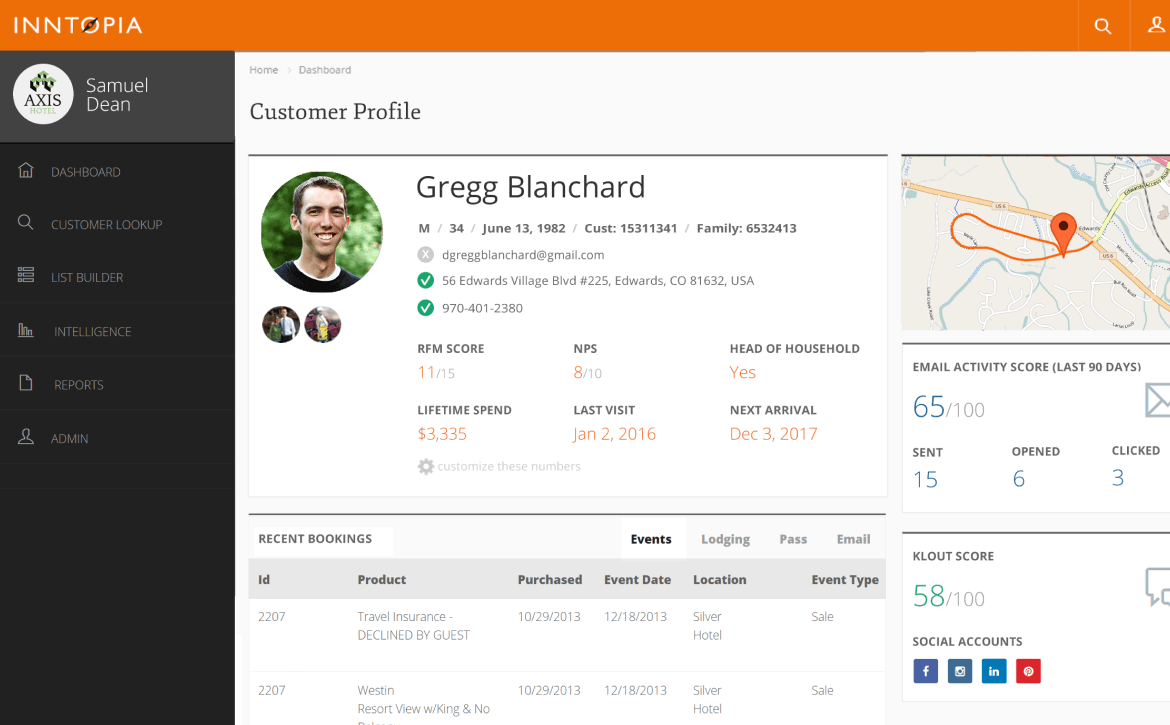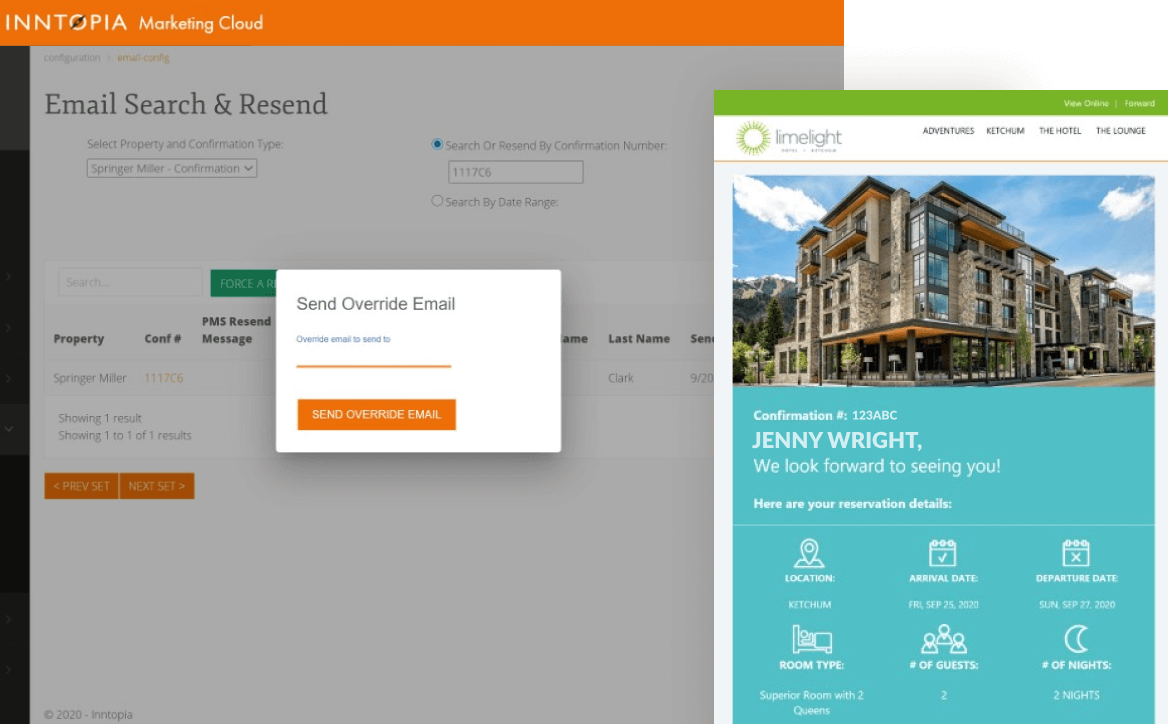Tools & Guides
Before we begin, it’s important to understand that if you ask a revenue management manager, travel agent, front desk manager, or hotelier what a central reservation system (shortened as CRS) is, you’ll likely get three different answers. Even if you ask three different travel agents or three different front desk managers you’ll likely get three different answers. Central reservation systems have been around for long enough and the booking process they support has evolved enough that what a CRS does now is similar in concept but different is practical, nuts-and-bolts functionality than it was 10 or 15 years ago. Another reason is because what a CRS does depends on the perspective of the user.
Even more, platforms that started as a traditional CRS 15-20 years ago have each evolved, added new features, and tweaked specific parts of their system based on the needs of their specific users but still call themselves a CRS and are seen as such by those users. That’s a good example of how to define Inntopia Commerce. We started as a central reservation system and have added amazingly powerful features on top of that core, but even in our app you’ll see see Inntopia CRS and our early users still think of us as a CRS.
With that little bit of disclaimer out of the way, let’s dig in.
In this guide, we’ll try to explain the core features of what a CRS is in 2023 and some functionality that may not be part of every CRS platform but can and should be considered when shopping for system type of resort or hotel booking system.Let’s begin by answering some common questions.
A CRS is a tool that helps a hotel manage and share inventory, occupancy, and rates (pricing) in real-time among many distribution channels. Instead of the PMS having to connect directly to each channel, the PMS can integrate with a CRS that can build and manage all the integrations with various online travel agencies (OTAs), distribution systems, channel managers, call centers, travel agents, etc. that may want to access their inventory or with whom the hotel wants to share inventory. Once bookings are made, the CRS pushes hotel reservations details back into the hotel’s PMS. These connections are made and data flows through APIs designed to efficient process ARI and bookings.
However, it’s important to remember that this is where definitions may vary. If you’re a travel agent, DMO, or OTA, you may define a CRS as one of the tools required to aggregate inventory. The core functions are always fairly similar – moving and sharing hotel inventory between different systems in the travel industry – but the definition of what a CRS is will often differ based on what role each system plays in the travel ecosystem and what role the CRS plays within their hotel’s unique offering. It also varies because sometimes CRS functionality isn’t a separate system, but a feature within a property management or other system.

There are a lot of systems hotels use to control their inventory, take direct bookings, allow bookings from third parties, and manage their distribution strategy. Because some platforms offer many of these services within a single system or treat something as a feature that another vendor treats as a separate piece of software, the lines can get a little blurry.
A property management system (PMS) is the tool that a hotel uses to manage all of their individual inventory, rates, reservations, and guests while a central reservation system (CRS) is a tool the hotel would use to facilitate the real-time distribution of that inventory to other booking platforms where their guests may want to book one their hotel rooms. In other words, a PMS manages occupancy and bookings while a CRS is a tool that can help increase occupancy and bookings.
While a CRS helps get inventory out of a PMS so it can be booked by other systems, a booking engine is the interface that actually displays the inventory and allows it to be booked. More recently, booking engine is typically used to describe the online interface guests use to book hotel inventory. While these were originally known as internet booking engines (IBE), this is typically just shortened to booking engine.
Again, keep in mind that some CRS platforms may include reservation software or a booking engine that integrates with a resort or hotel’s website which may make it harder to draw a line between these two parts of a hotel’s technology stack.
While a CRS includes some features designed for hotel distribution, it also includes tools for managing rates and inventory as well as direct booking from guests. A global distribution system (GDS), on the other hand, is purely built for broad distribution to some of the major travel agents. It acts as a conduit between a platform that wants to sell hotel inventory, like a travel agent, and a platform that stores and supplies hotel inventory, like a CRS.
A CRS can do many things including distribution, while a channel manager (similar to a GDS) is purely about distributing inventory to multiple sales channels like OTAs (Expedia, Booking.com, etc). While a CRS may also allow guests to book via a built-in booking engine, a channel manager really is solely on distribution.
A CRS is a tool used in the management, distribution, and selling of hotel inventory while a hotel CRM (customer relationship management) is a tool that aggregates guest data into comprehensive guest profiles that the front desk, call center, and marketing teams can use as they interact with or reach out to guests. A CRS may allow the lookup of past guest bookings, but it typically does not display these results alongside other guest behavior like survey data, demographic information, marketing engagement, and other tools or information that a hotel CRM provides.

The answer is yes, but we’re also more than that. Yes in that we allow you to manage your hotels rates and distribution through resellers like a resort or DMO, travel agents, and tour operators. We also connect with channel managers / GDS platforms to help distribute that inventory to many places. For this reason many people would call us a CRS because of how they use our system and parts of our platform even use the acronym CRS to describe that area of functionality. However, we also include many other tools that may not fit the traditional definition of a CRS.
Here are a few examples of how Inntopia Commerce technology goes beyond that of a typical central reservation system.
The first big difference is the ability to apply CRS-like functionality to multiple product types, not just lodging. We can aggregate and distribute inventory from tee-sheets, point of sales systems, and other places that inventory lives. For this reasons, we’re a popular choice of resorts instead of just hotels.
The next main difference is a baked-in online booking engine and call center application that allows agents and guests to book real-time inventory from multiple property management systems, point of sale systems, tee-sheets, spa systems, etc. in one interface. This can be any combination of owner or partner inventory.
We also partner with channel managers, GDS tools, and niche OTAs to distribute this inventory to places resort-style guests prefer to book.
The Inntopia Commerce system also allows travel agents to log in to a special portal to make reservations directly from the inventory you have aggregated and are managing within your account. Travel agents can also review past bookings, update itineraries, and more.
Our two main products – Inntopia Commerce and Inntopia Marketing Cloud – are often introduce to our potential users separately, but you’ll quickly realize how neatly connected both of these things are. For example, having both the commerce and marketing funcationality under the same roof allows us to send beautiful booking confirmations or easily build marketing automations on commerce-based behavior like abandoned browse, booking anniversaries, or signs of loyalty.
So, yes, we have many CRS-like features, but we also have built an ecosystem around that core to help our users generate more demand and capture more demand for the rooms, activities, and experiences they sell.

We also include many other reservation management tools, support for multiple payment gateways, and additional modules that help call centers, front desk staff, revenue managers, and other players in the resort and hotel industry to better manage, sell, and distribute resort vacations that include multiple products and experiences.
If one thing is for certain it’s that the hotel business and greater hospitality industry will continue to evolve and the lines between what a central reservation system is will continue to blur. New systems will come onto the scene that make interfaces more user-friendly, help teams operate more efficiently, and increase resort and hotel bookings.
Will the idea of a central reservation system always exist? Probably. But there’s also a chance that we’ll start to change this language to better describe how CRS-related functionality fits within a much more dynamic, evolving travel technology landscape than it did when this tech first came on the scene.
Our advice would be to simply focus on what problems you need to solve (distribution, increase direct bookings, etc.) and they search for solutions to those problems. That way, regardless of whether they call themselves a CRS, GDS, channel manager, booking engine, or some new terms that doesn’t even exist yet, you’ll have the best chance of finding the technology and features your hotel needs to succeed.